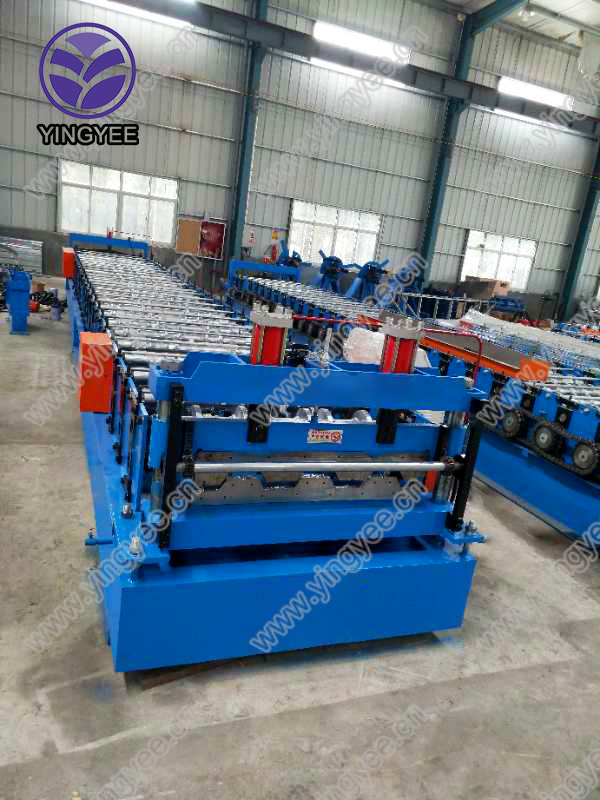Understanding Cold Bending Roll Forming Machines An Overview
The manufacturing sector has continually sought innovative solutions to improve productivity, enhance product quality, and reduce operational costs. Among these advancements is the cold bending roll forming machine, a key piece of equipment for fabricating metal products. This article delves into the function, advantages, and applications of cold bending roll forming machines in the modern manufacturing landscape.
What is a Cold Bending Roll Forming Machine?
A cold bending roll forming machine is a specialized tool designed to shape metal sheets into specific profiles through a series of rollers. The process involves feeding a flat metal strip, typically made of steel or aluminum, through a set of rollers that gradually bend and form it into the desired shape without applying heat. This cold process preserves the material properties of metals, ensuring optimal strength and durability in the final product.
The Operating Principle
The operation of a cold bending roll forming machine is rather straightforward. Metal sheets are introduced through the entrance of the machine, where they are guided into a series of rollers. Each roller is strategically positioned to apply incremental bending, gradually shaping the material as it moves through the machine. The continuous bending reduces the likelihood of cracking or weakening the metal, making it an efficient and effective process.
The design of the rollers is critical; they are often customized to create specific cross-sectional profiles, such as channels, beams, or other shapes required in construction, automotive, or aerospace applications. Once the sheet has passed through the entire roller assembly, the finished product emerges at the exit, ready for further processing or immediate use.
Key Advantages of Cold Bending Roll Forming Machines
1. Precision and Consistency One of the standout features of cold bending roll forming is its ability to produce parts with high precision. The rollers ensure that each piece is uniform in shape and size, significantly reducing the variability often seen in traditional metal forming processes.
2. Material Efficiency The cold bending process minimizes waste since it optimizes the use of raw materials. The ability to create custom shapes reduces the need for additional machining or finishing processes, leading to cost savings and less material waste.
3. Strength and Durability Cold forming enhances the mechanical properties of metals. The process leads to a better yield strength and allows manufacturers to produce stronger components without increasing the material thickness, making it ideal for structural applications.
cold bending roll forming machine
4. Versatility Cold bending roll forming machines can work with a variety of metals and are capable of producing a wide range of shapes. This versatility allows manufacturers to cater to different industry needs, from construction materials to automotive parts.
5. Speed and Efficiency The continuous process of roll forming allows for mass production at high speeds. This operational efficiency is a significant advantage for businesses looking to meet large-scale demands without sacrificing quality.
Applications in Various Industries
Cold bending roll forming machines find applications across diverse sectors.
- Construction In the construction industry, these machines are used to produce steel frames, roof panels, and other structural components that require strength and precision.
- Automotive The automotive industry relies on roll forming for creating chassis components, reinforcements, and other critical parts that require precise shaping and high strength.
- Aerospace Aerospace manufacturers utilize roll forming to create lightweight yet strong components, contributing to fuel efficiency and enhanced performance.
- Furniture and Fixtures Bending roll forming machines are also employed in crafting metal components for furniture, light fixtures, and various decorative elements, where aesthetics and strength are equally important.
Conclusion
Cold bending roll forming machines play a crucial role in modern manufacturing, combining precision, efficiency, and material strength to produce high-quality metal products. With their versatility and ability to accommodate various applications, these machines are pivotal in meeting the demands of today's industries. As technology advances, we can expect further enhancements in roll forming equipment, potentially opening new avenues for innovation in manufacturing processes. This continued evolution signifies a bright future for industries that harness the capabilities of cold bending roll forming technology.







